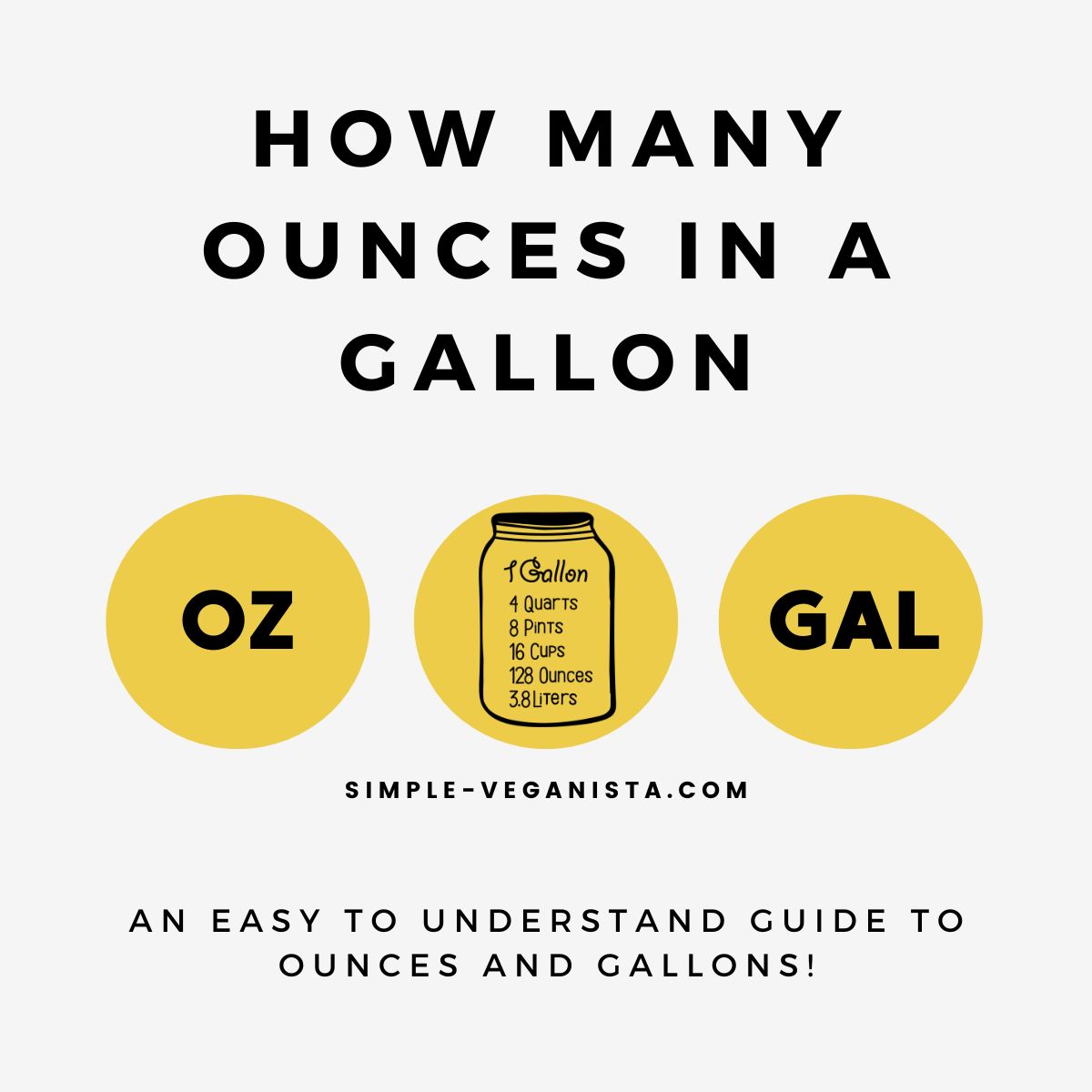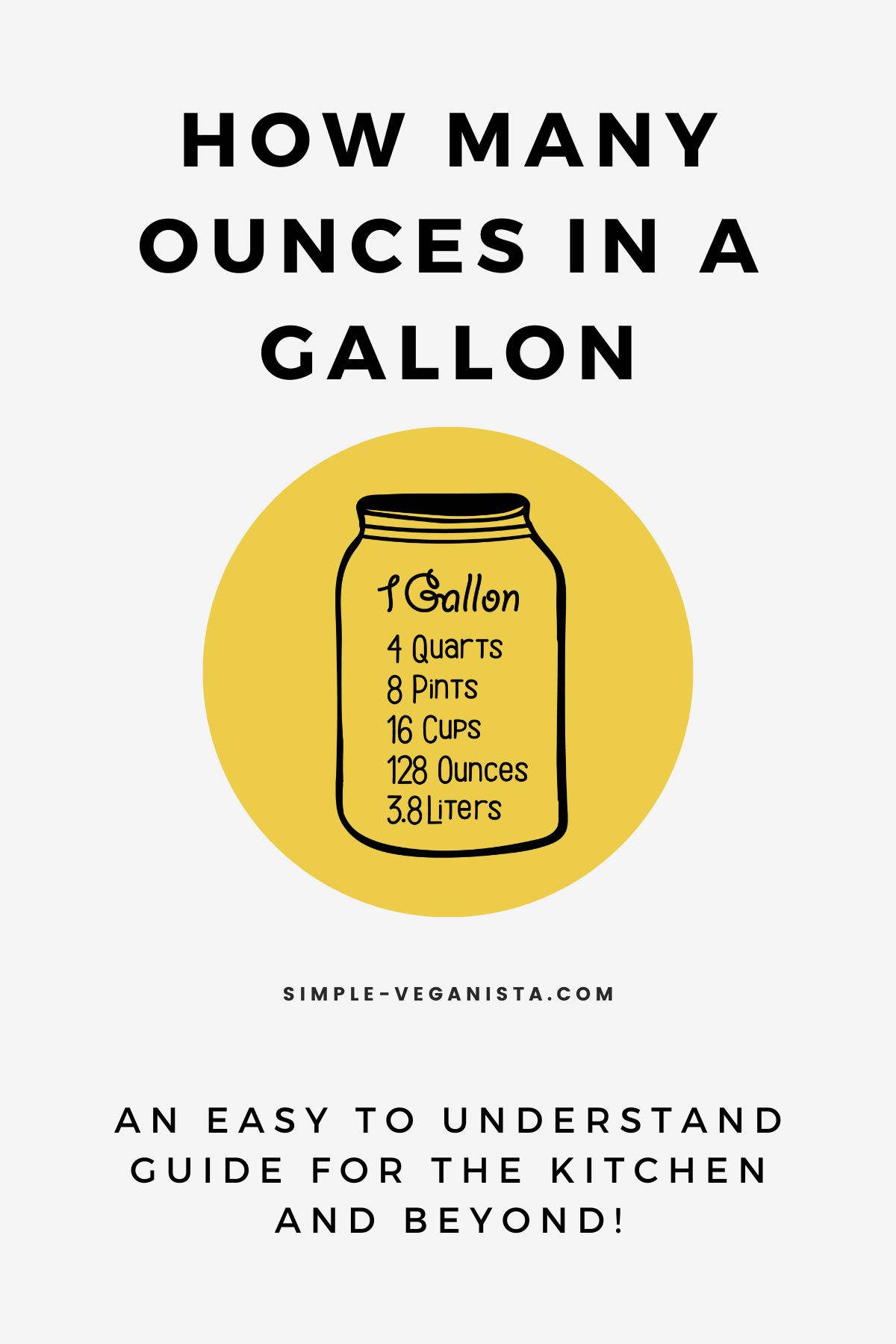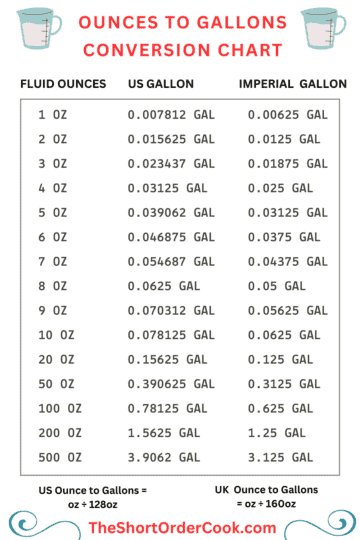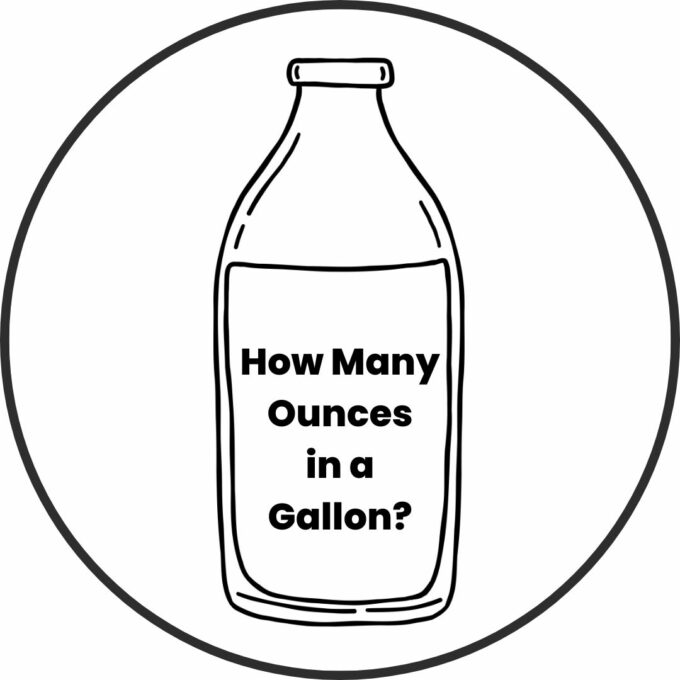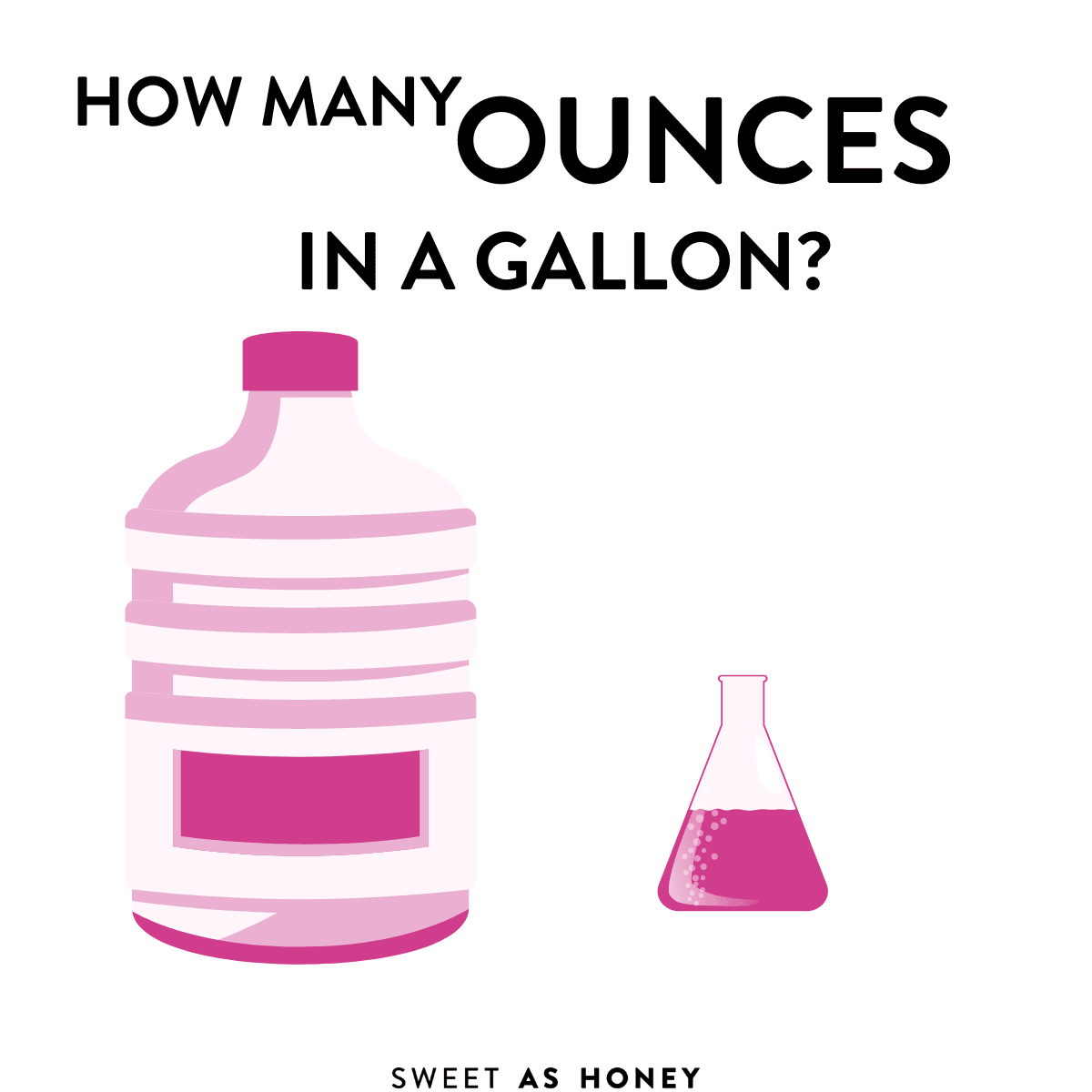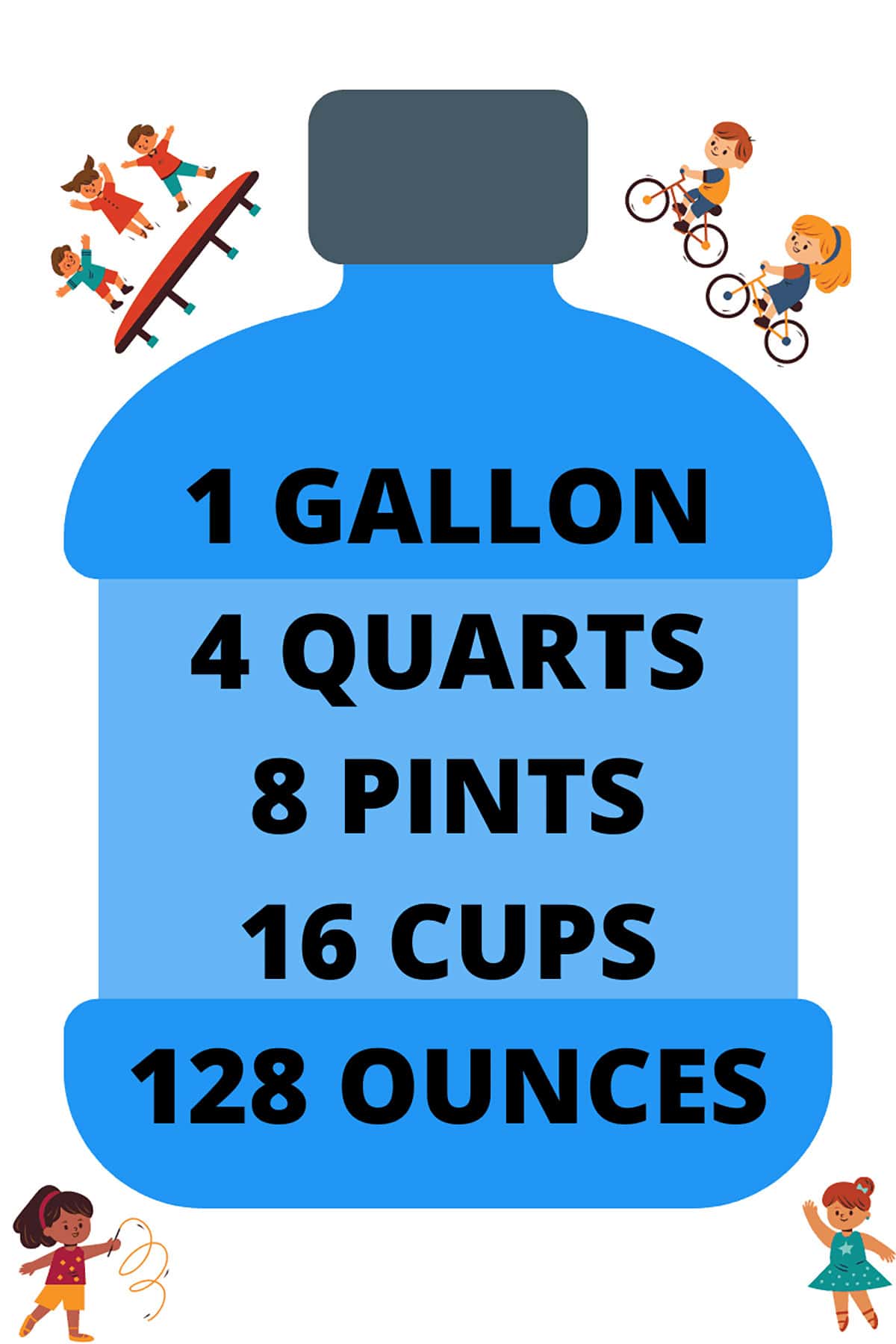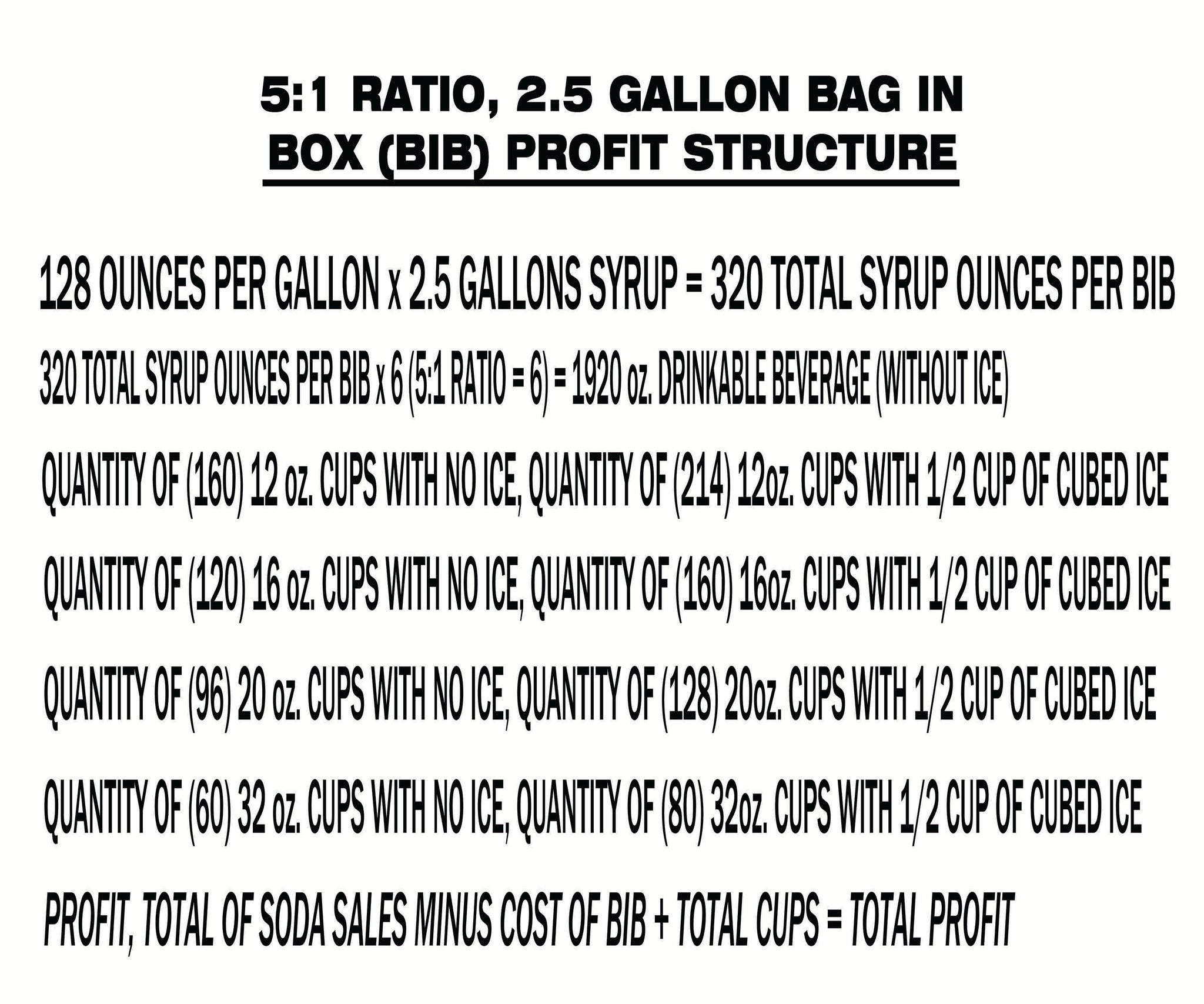How Many Ounces Of Soda In A 5 Gallon Bib
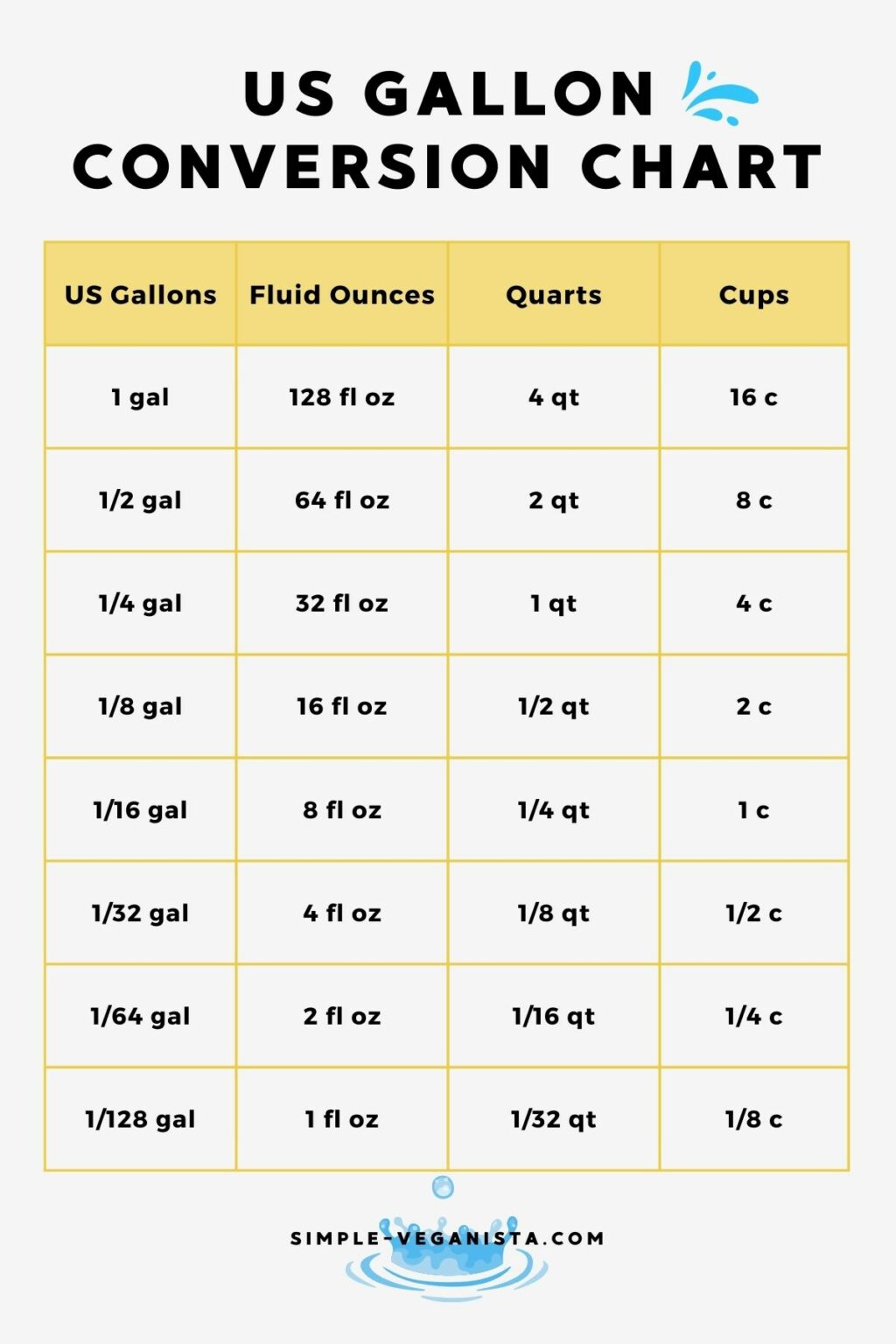
The seemingly simple question, "How many ounces of soda are in a 5-gallon bag-in-box (BIB)?" reveals a complex intersection of industry standards, consumer expectations, and the evolving landscape of beverage dispensing. Understanding this seemingly straightforward conversion is crucial for businesses managing inventory, consumers seeking value, and even regulatory bodies overseeing accurate labeling and measurement.
This article dives into the details of converting gallons to ounces within the context of the soda industry's bag-in-box system. It will explore the standard measurements, potential variations, and the significance of accurate volume calculations. We'll examine the implications for cost analysis, waste reduction, and overall efficiency in beverage operations.
The Standard Conversion: Gallons to Ounces
The foundational element in answering the question is the standard volume conversion: 1 U.S. gallon equals 128 fluid ounces. Therefore, a 5-gallon BIB, adhering to this standard, should contain 640 fluid ounces of soda concentrate.
This calculation is based on the widely accepted measurement system used in the United States. Understanding this base conversion is paramount for anyone dealing with volume measurements in the beverage industry.
The Bag-in-Box System: A Deep Dive
The BIB system is a widely adopted method for dispensing fountain drinks in restaurants, bars, and convenience stores. It's a system designed for efficiency, hygiene, and cost-effectiveness.
The BIB consists of a plastic bag filled with concentrated syrup, housed within a corrugated cardboard box. This design protects the syrup and facilitates easy handling and dispensing.
When connected to a dispensing unit, the syrup is mixed with carbonated water in a specific ratio, creating the final fountain drink.
Concentrate Ratios and Yield
The final yield of soda from a 5-gallon BIB depends heavily on the concentrate-to-water ratio used by the dispensing system. This ratio, determined by the manufacturer of the syrup, significantly impacts the number of servings produced.
Common ratios range from 5:1 (5 parts water to 1 part concentrate) to 7:1. A 5:1 ratio means that for every ounce of concentrate, you get 6 ounces of finished soda.
Therefore, with 640 ounces of concentrate and a 5:1 ratio, a 5-gallon BIB yields 3,840 ounces of finished soda (640 ounces concentrate * 6 ounces soda/ounce concentrate).
Potential Variations and Considerations
While the standard conversion dictates 640 ounces in a 5-gallon BIB, slight variations can occur. These discrepancies can arise from manufacturing tolerances or differences in how the BIB is filled.
Furthermore, improper calibration of the dispensing system can lead to inaccurate mixing ratios. This affects the final yield and potentially impacts the taste and quality of the drink.
It's also crucial to consider potential leakage or spillage during handling and dispensing, which can reduce the overall yield. Regular maintenance and careful handling are essential to minimize such losses.
Industry Perspectives and Best Practices
Beverage companies emphasize the importance of adhering to strict quality control measures to ensure consistent volume and concentrate ratios. They provide detailed guidelines and training to their customers on proper dispensing and maintenance procedures.
Restaurant owners and managers recognize the need for accurate inventory management to optimize costs and prevent waste. Regular monitoring of BIB usage and dispensing ratios is a key component of effective operations.
Some establishments utilize automated inventory tracking systems to monitor usage and identify potential discrepancies in real-time. This technology helps to improve efficiency and reduce operational costs.
Regulatory Oversight and Consumer Protection
Regulatory bodies like the Food and Drug Administration (FDA) oversee the accurate labeling and measurement of food and beverage products. This ensures consumers receive the correct amount of product and are not misled about its contents.
Stringent regulations require beverage manufacturers to accurately state the volume of concentrate in each BIB. These regulations are designed to promote transparency and protect consumer interests.
Regular inspections and audits are conducted to verify compliance with these regulations. Violations can result in fines or other penalties.
Looking Ahead: The Future of Beverage Dispensing
The beverage industry is constantly evolving, with innovations in dispensing technology and packaging materials. These advancements aim to improve efficiency, reduce waste, and enhance the overall customer experience.
Smart dispensing systems are emerging, offering real-time monitoring of concentrate levels and dispensing ratios. These systems can provide valuable data for inventory management and quality control.
As the industry continues to evolve, the focus will remain on ensuring accurate volume measurement, consistent product quality, and sustainable business practices. Understanding the fundamentals, like the number of ounces in a 5-gallon BIB, will continue to be essential for all stakeholders.
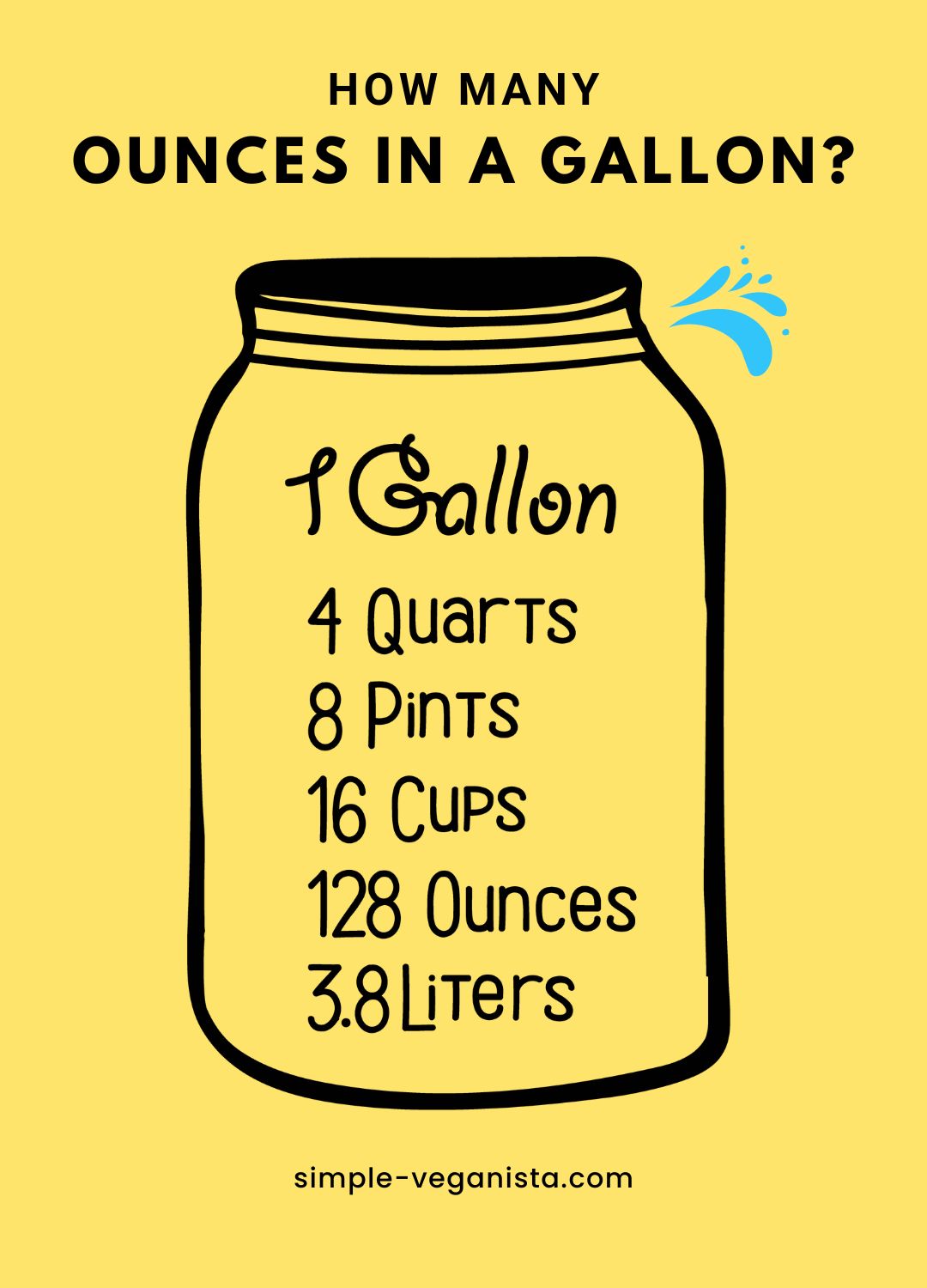



![How Many Ounces Of Soda In A 5 Gallon Bib How many Cups are in a Gallon? [Free Printable Conversion Chart]](https://keeshaskitchen.com/wp-content/uploads/2023/01/Gallon-Conversion.jpeg)



